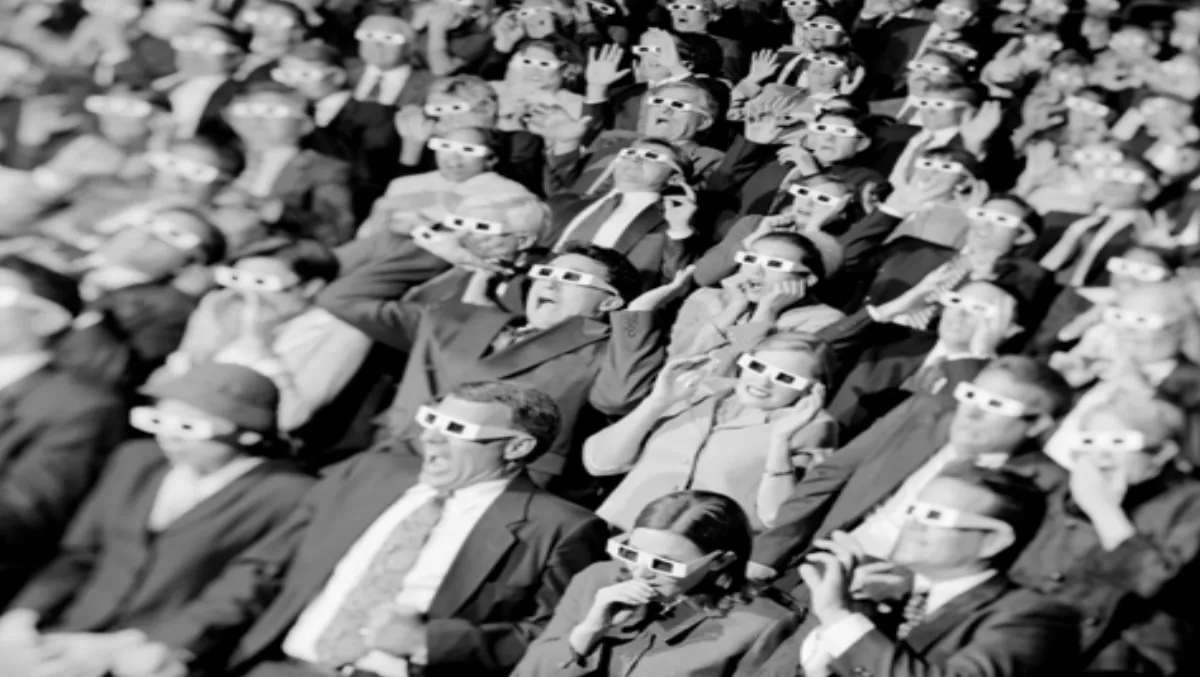
Is 3D dead…again?
Pop quiz: when did the 3D craze first hit cinemas? The answer may come as a surprise - the golden age of 3D cinema was the mid-1950s. After that, 3D presentations have enjoyed a regular cycle of boom and bust and right now, the future of 3D television is looking increasingly like a passing fad.
A quick peek shows the history of 3D is fraught with failure: following the golden age, a first revival occurred in the 1960s and a second took place from the 1980s to 2003. The third revival has been underway from the early 2000s to present, buoyed by the arrival to the general public of 3D television sets.
Probably the one major difference between 3D movies of the past is that those of the present have enjoyed the putative benefit of 3D TVs in their hundreds of thousands in homes around the world. That should give the movies a good second crack at the home market once the cinema run comes to an end.
But those television sets have largely spent their lives delivering standard 2D pictures. A recent article in the Daily Mail confirms what a lot of us with 3D sets already know: we just don’t use the capabilities of the screen. That comes down to the hassle of using 3D specs, which tend to lurk in a safe drawer ‘somewhere’, as well as brain chemistry that doesn’t really let us get our heads around a 3D image off a 2D surface without an attendant ache.
It’s been over for some time, with a Google search for ‘is 3D TV dead’ returning a lot of results from January 2014 and earlier, and predictably perhaps, throwing up evidence of manufacturers saying it ain’t so.
A look at the production of 3D movies, however, may provide a further clue the ongoing viability of the format. Trusty Wikipedia indicates that 2013 saw the release of 50 3D features in 2013, a number which dropped to 40 by 2014, with 14 or 15 (so far) scheduled for release in 2015.
Got a 3D TV? How often do you use the feature?

